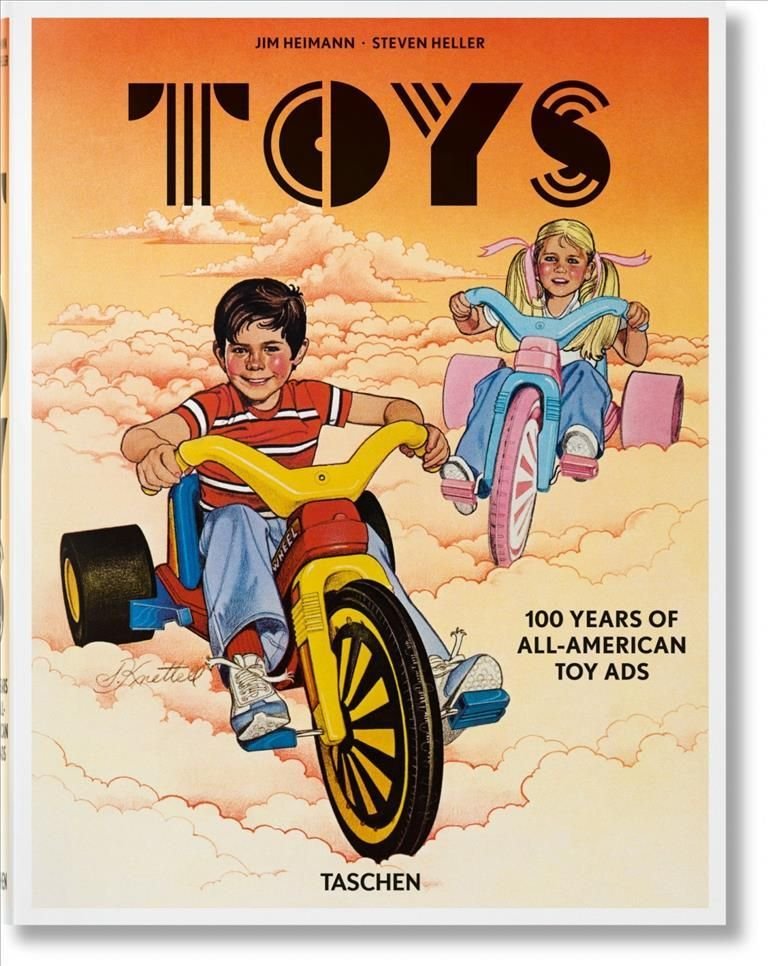Up until the 20th century, children’s play was not a subject that demanded much attention. While objects that entertained children have been present from ancient history, it was only with industrial mass production?and a developing urban middle class?that toys appeared more frequently. As playthings began to display a robust economic performance, an industry rose to provide this new market with the objects of their desire. European manufacturers dominated the toy market, with Germany, in particular, supplying the American market with the bulk of both singular and mass-produced products. World War I ended its dominance, and by the 1920s, bolstered by American ingenuity and an ever-growing consumer culture supported by the media empires of newspapers, radio, and television, American toys became ubiquitous in the consumer market. Ranging from the simple to the complex, children were inundated with a commodity to be wished for and sold to by the millions. From frilly dolls to science sets, children were marketed to with gusto, first through magazines and comic books and later through television. Toys fell along familiar gender lines all while being developed with the unspoken subtext of stimulating developing minds and being vehicles of problem solving with educational value. If the first part of the 20th century represented the rise of toys in America, the postwar period signaled a market unleashed by the baby boom. That one event gained traction for the toy industry and propelled it to its current state. Unforeseen was the next chapter in the industry?the advancement of the technical revolution?which would create another dimension of toy products that would captivate both children and adults as one century blended into the next. In the world of toy production, the multimillion dollar industry took the advertising of its product seriously, and toy manufacturers inundated customers with their latest product via trade journals. In New York City, the hub of the toy …












